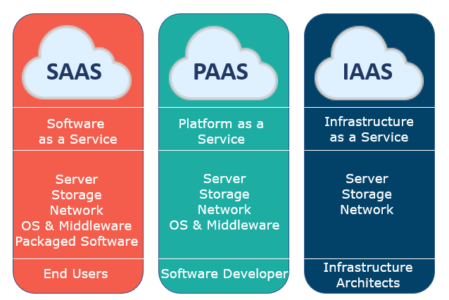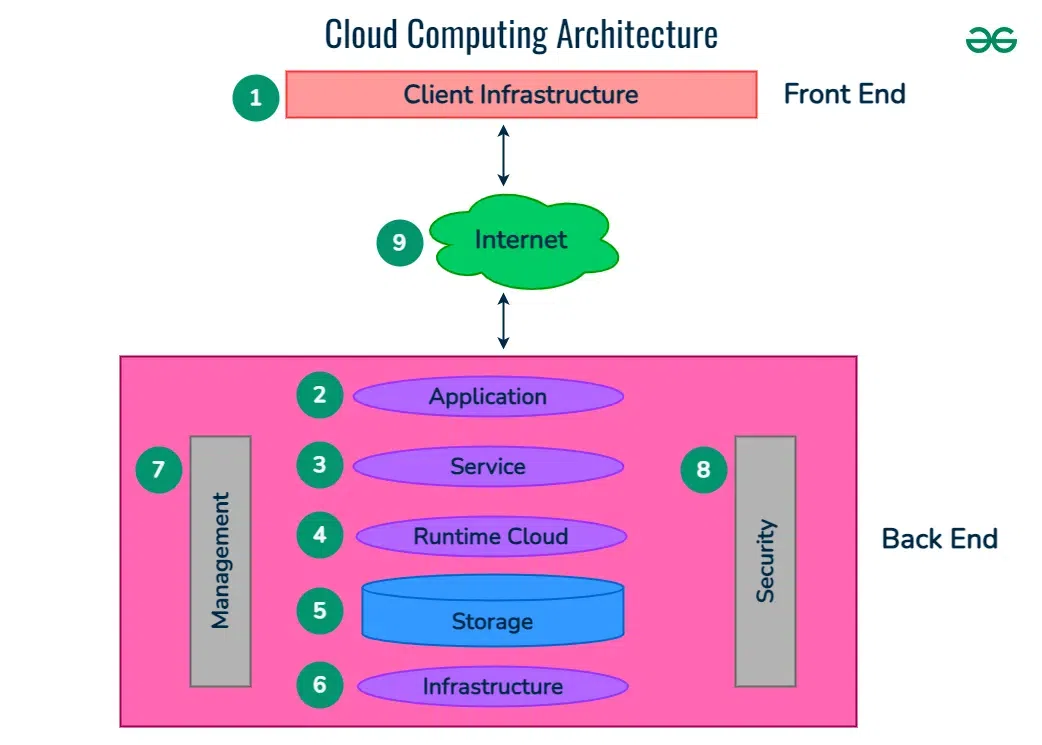Universal Cloud Service: Trustworthy and Reliable Solutions for Your Service
Universal Cloud Service: Trustworthy and Reliable Solutions for Your Service
Blog Article
Achieve Seamless Scalability With Cloud Services
In the ever-evolving landscape of cloud services, accomplishing seamless scalability stands as a keystone for contemporary companies looking for to stay competitive and versatile. The pursuit for smooth scalability with cloud solutions introduces a globe of opportunities for those eager to accept the transformative power of dynamic source monitoring.
Advantages of Cloud Scalability
Cloud scalability uses companies the flexibility to dynamically change resources based upon need, making sure optimal performance and expense performance. One essential advantage is the ability to scale resources up or down swiftly in response to fluctuating work. This agility makes it possible for services to satisfy transforming customer demands without over-provisioning resources, eventually causing set you back financial savings. Scalability additionally enhances performance by guaranteeing that systems can take care of increased website traffic or work without experiencing downtime or stagnations. By efficiently designating sources, companies can keep high levels of performance during peak times without unneeded expenditures during quieter durations. Additionally, cloud scalability advertises technology and experimentation by allowing companies to quickly examine originalities and scale them as needed. This adaptability motivates a culture of continual renovation and adjustment, enabling companies to remain affordable in a rapidly evolving market landscape. Ultimately, the benefits of cloud scalability extend beyond cost savings to include improved efficiency, agility, and advancement.
Trick Functions for Scaling
Reliable scaling in cloud solutions depends on essential functions that allow companies to readjust resources dynamically based on demand. One necessary function for scaling is elasticity, permitting sources to scale up or down in action to varying work. This makes certain that organizations can meet efficiency requirements without over-provisioning sources. An additional key function is scalability, enabling systems to manage enhanced work by adding sources perfectly. This feature is important for accommodating growth without compromising efficiency. In addition, automation plays a crucial role in scaling by automating the provisioning and de-provisioning of sources based upon predefined policies. Automation minimizes human treatment, enhances effectiveness, and ensures fast reaction to transforming needs. Surveillance and analytics devices are likewise essential for scaling, supplying understandings right into source usage, performance metrics, and possible bottlenecks. These tools enable companies to make educated decisions and maximize resource allocation for reliable scaling. On the whole, these crucial features collectively encourage companies to attain smooth scalability in cloud services.
Carrying Out Auto-Scaling Strategies
To successfully enhance source allowance and adapt to varying work, organizations should strategically execute auto-scaling techniques in their cloud services infrastructure. Auto-scaling permits systems to immediately adjust the variety of calculate resources based upon real-time demand. There are various auto-scaling approaches that companies can employ, such as anticipating scaling, which utilizes historical data to anticipate future resource demands, and responsive scaling, which responds to existing work modifications.

Finest Practices for Scalability
For organizations intending to improve their scalability in cloud services, executing ideal techniques is crucial for ideal efficiency and source management. One secret ideal practice is designing applications with a microservices architecture. This strategy breaks down applications into smaller, independent solutions that can be deployed, upgraded, and scaled individually, enabling for greater adaptability and scalability.
An additional vital method is utilizing containerization modern technology, such as Docker or Kubernetes. Containers enable the product packaging of applications and their dependencies right into separated units, making it simpler to scale components individually and deploy them consistently across various environments.
In addition, carrying out automated deployment and framework as code (IaC) can improve scalability initiatives (linkdaddy cloud services). Automation devices like Terraform or Ansible aid in provisioning and handling sources efficiently, minimizing manual errors and making it possible for quick scalability
Furthermore, keeping track of efficiency metrics, establishing notifies, and performing regular capacity preparation are vital practices to make certain proactive scalability administration. By sticking to these ideal practices, organizations can accomplish smooth scalability in their cloud services while enhancing efficiency and source application.
Surveillance Performance Metrics
When evaluating the efficiency of cloud solutions scalability, very closely monitoring efficiency metrics is essential for making sure ideal performance and source allowance. By continually tracking key performance indications (KPIs) such as response times, throughput, resource, and latency use, organizations can acquire important understandings right into the health and performance of their cloud infrastructure. discover here Keeping an eye on performance metrics permits for the very early detection of possible traffic jams or problems that might affect scalability, allowing webpage aggressive measures to be taken to resolve them prior to they escalate.

Verdict
In verdict, accomplishing seamless scalability with cloud services is essential for organizations to maximize efficiency, improve development, and preserve high efficiency levels during peak times. By leveraging the benefits of cloud scalability, carrying out auto-scaling methods, making use of key functions such as elasticity and automation, and following ideal methods like application design and efficiency tracking, companies can efficiently scale their systems while taking full advantage of resource usage and efficiency.
The quest for smooth scalability with cloud services introduces a world of opportunities for those eager to welcome the transformative power of dynamic resource administration.
Cloud scalability provides organizations the versatility to dynamically change sources based on demand, making certain ideal efficiency and expense efficiency. An additional key feature is scalability, making it possible for systems to take care of enhanced work by adding sources effortlessly.For organizations intending to enhance their scalability in cloud solutions, applying finest techniques is important for optimum performance and source management.When analyzing the efficiency of cloud services scalability, closely keeping track of efficiency metrics is learn this here now critical for making certain ideal functionality and source appropriation.
Report this page